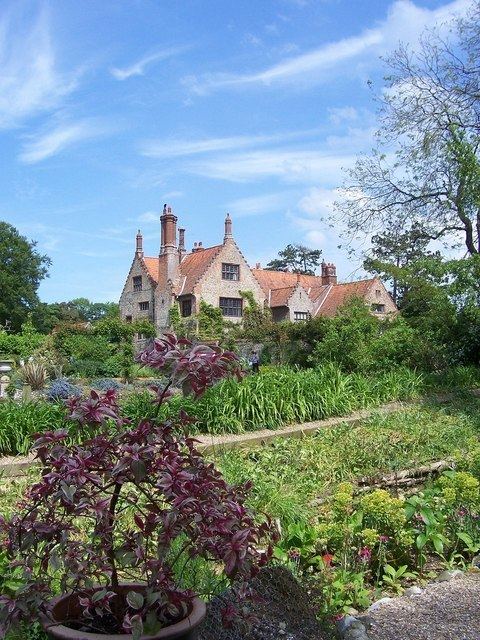Name John Browne Role Artist | Died 1801 | |
 | ||
Tone sessions jp 2c 2x12 rectifier john browne melancholia
John Browne, (26 April 1742 – 2 October 1801), was an English landscape engraver.
Contents
- Tone sessions jp 2c 2x12 rectifier john browne melancholia
- John browne of monuments performs doxa for emgtv reaction
- Life
- Family
- Relatives
- Works
- Arms of Browne
- References
John browne of monuments performs doxa for emgtv reaction
Life
Born on the 26 April 1742 at Finchingfield, in Essex, the posthumous son of John Browne (1715–1741), rector of Bayfield (north of Holt) in Norfolk and his wife Mary Browne (1720–1776) née Pask, daughter of George Pask (1682–1753), vicar of Finchingfield, Essex. He was educated at Norwich, and in 1755 was sent to London by his great-uncle, the physician Messenger Monsey , where he was placed with John Tinney the engraver.
Browne afterwards worked for William Woollett, his fellow apprentice. He quickly distinguished himself in his art, and in 1768 exhibited an engraving of "St. John Preaching in the Wilderness", after Salvator Rosa, which brought him much notice. Two years afterwards he was made an associate engraver of the Royal Academy, and he became distinguished as an excellent engraver of landscapes. Many of his works were published by Boydell. He died at Walworth in 1801. Browne's will was proved on the 29 October 1801.
Browne sat for two portraits, one when he was a boy, by William Woollett, and the other, an exact likeness by American painter Gilbert Stuart. The painting was acquired by Misters Boydell, engraver and print-seller John Boydell mentioned above and his nephew artist and publisher Josiah Boydell.
Family
John Browne eldest son, John Samuel Browne, Esq, late of the East India House died aged 76 on 6 June 1858 at his residence at Walworth, Surrey, Browne was himself an artist and a friend of Rev William Holwell Carr.
A grand-daughter of Browne, Frances Ann Browne, and her husband Edward Miller, formerly manager of the Bank of New South Wales, were murdered on 10 November 1879 at their home in Wellington, New Zealand by one of their sons, Clarence Miller, who shortly afterwards took his own life.
Relatives
British classical scholar William Emerton Heitland (1847–1935) was a member of the same family on his mother side (Mary Heitland née Browne).
Works
The following are his principal engravings:
Arms of Browne
The Arms are Browne of Fulmodeston, Gules, two barrulets between three spear heads argent.
